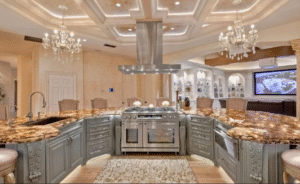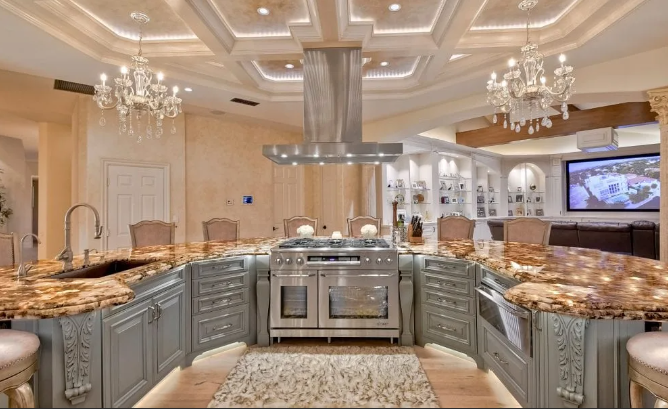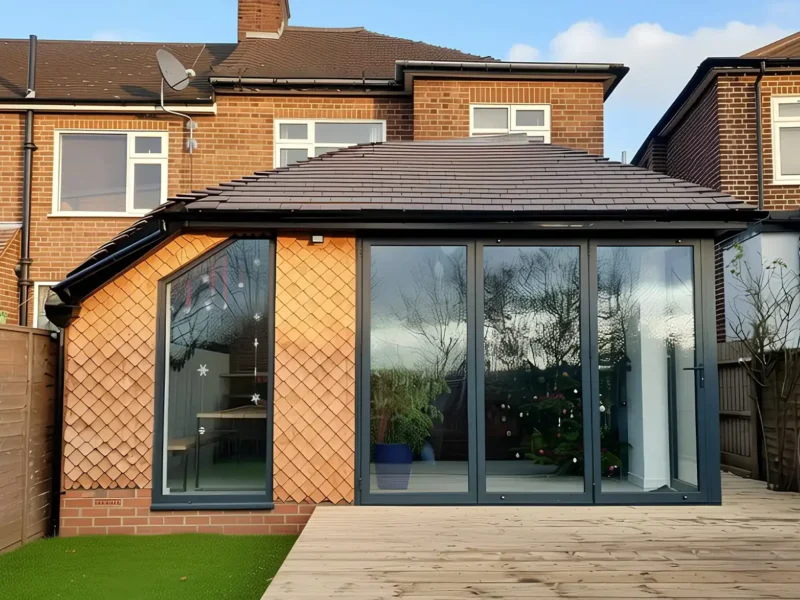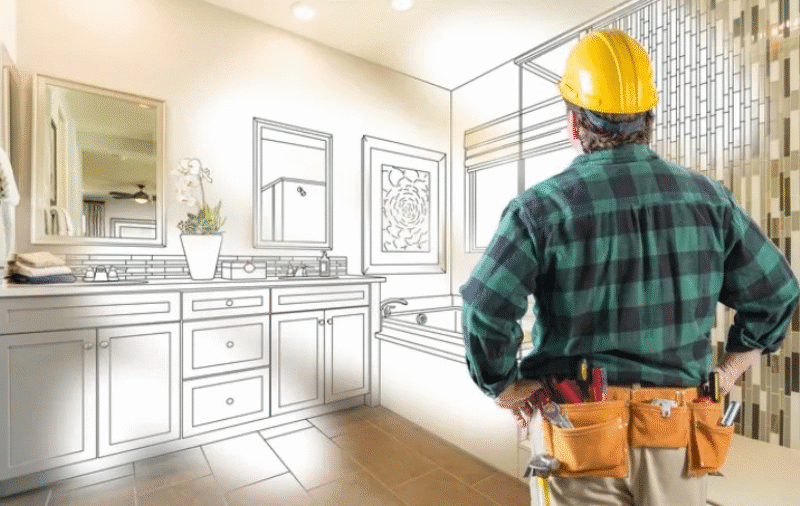Considerations for Kitchen Renovations in Home Improvement

When planning a kitchen renovation as part of home improvement, it’s important to consider a variety of practical, aesthetic, and budgetary factors to ensure a functional and stylish result. Below is a comprehensive list of key considerations:
🔧 1. Budget Planning
- Set a realistic budget and include a contingency (10-20% for unexpected expenses).
- Prioritize spending on high-impact areas like cabinetry, appliances, and countertops.
- Compare quotes from multiple contractors or suppliers.
📐 2. Kitchen Layout & Workflow
- Use the “kitchen work triangle” (fridge, stove, sink) to optimize workflow.
- Ensure smooth traffic flow and adequate space between counters (at least 42-48 inches for walkways).
- Consider open vs. closed kitchen designs based on your lifestyle.
🎨 3. Style & Aesthetics
- Choose a design theme: modern, traditional, farmhouse, industrial, etc.
- Coordinate cabinetry, backsplash, countertops, and flooring for a cohesive look.
- Use colors that enhance space (e.g., light colors make small kitchens feel bigger).
🚪 4. Cabinetry & Storage
- Maximize vertical space with tall cabinets.
- Consider pull-out drawers, lazy Susans, and organizers for convenience.
- Soft-close hinges and durable materials improve longevity and comfort.
💡 5. Lighting
- Combine task lighting (under-cabinet lights), ambient lighting (ceiling), and accent lighting.
- Use energy-efficient LED bulbs.
- Pendant lights over islands add both style and functionality.
🛠️ 6. Appliances
- Choose energy-efficient (Energy Star-rated) appliances.
- Match appliance finishes (e.g., stainless steel or black matte).
- Consider built-in or integrated appliances for a streamlined look.
🧱 7. Materials & Surfaces
- Countertops: Quartz, granite, butcher block, etc. — weigh cost vs. durability.
- Flooring: Tile, hardwood, or vinyl — consider ease of cleaning and slip resistance.
- Backsplash: Adds visual interest and protects walls.
🧯 8. Safety & Ventilation
- Ensure proper ventilation (range hood or exhaust fan) to remove smoke and odors.
- Use non-slip flooring materials.
- Install GFCI outlets near water sources (required by building codes).
📋 9. Permits & Building Codes
- Check with local authorities if you need permits for structural changes, electrical, or plumbing work.
- Hire licensed professionals to ensure compliance with safety standards.
♻️ 10. Sustainability
- Use eco-friendly materials (e.g., bamboo, recycled glass).
- Choose water-saving faucets and energy-saving appliances.
- Consider natural lighting to reduce energy use.
📦 11. Future-Proofing
- Think about resale value — neutral designs often appeal to more buyers.
- Plan for aging in place with accessible layouts and features.
- Consider smart technology (e.g., smart faucets, lighting, appliances).




